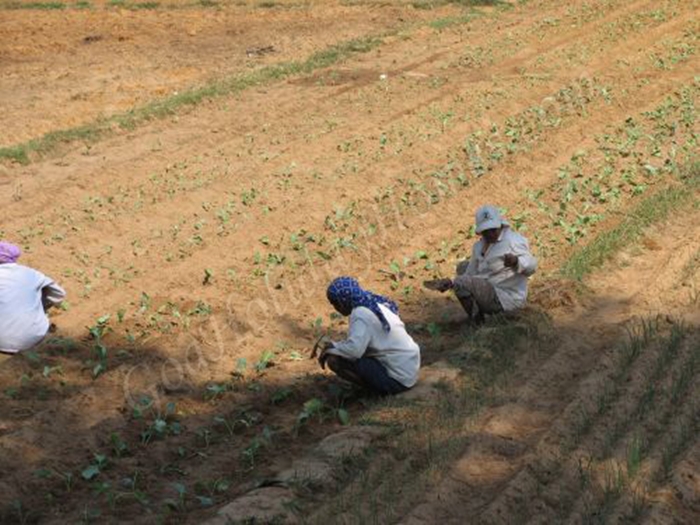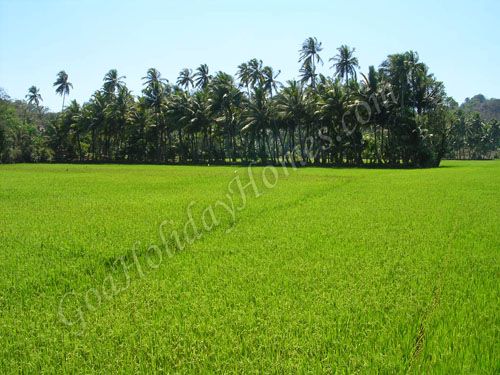Agriculture in Goa
Goa being a small state is dependent on its neighboring states for milk, poultry and vegetables. Rice that is cultivated in the rains from June to September is the major crop followed by cereals like pulses and small millets. The areca nut, coconut, cashew are the other major plantation crops here and the garden crops include pineapple, mango, bananas and jackfruits. Also from the forest various types of barks and bamboo canes are harvested.
However even though one fourth of the population is sustained by agriculture in Goa, it contributes to only 15 to 16 percent to the income of the state. Due to rapid urbanization the availability of agricultural land is reducing. Also as 78 percent of the agricultural area is still rain fed, irrigation is insufficient and commercial farming is ruled out as 80 percent of land holdings are below 2 hectares and the sizes of the fields are small.
For high - quality planting material, nurseries and tissue - cultural laboratories are being promoted by the government. At Assonara, the Sagar Caju nursery is amongst the biggest in Asia. To recharge the groundwater table and to harvest rainwater, simple watershed techniques are being used.
The coastline of Goa is also rich in fishery resources where the local fishermen usually catch a variety of fish such as sharks, mackerels, sardines, seer fish, silver belly, pomfrets, butter fish, prawns, crabs and squids. Sometimes one can also see a lot of bamboo poles that jut out of the water. These actually have fishing nets below the water line and when the water recedes through the net during the low tide, the fish are trapped.


